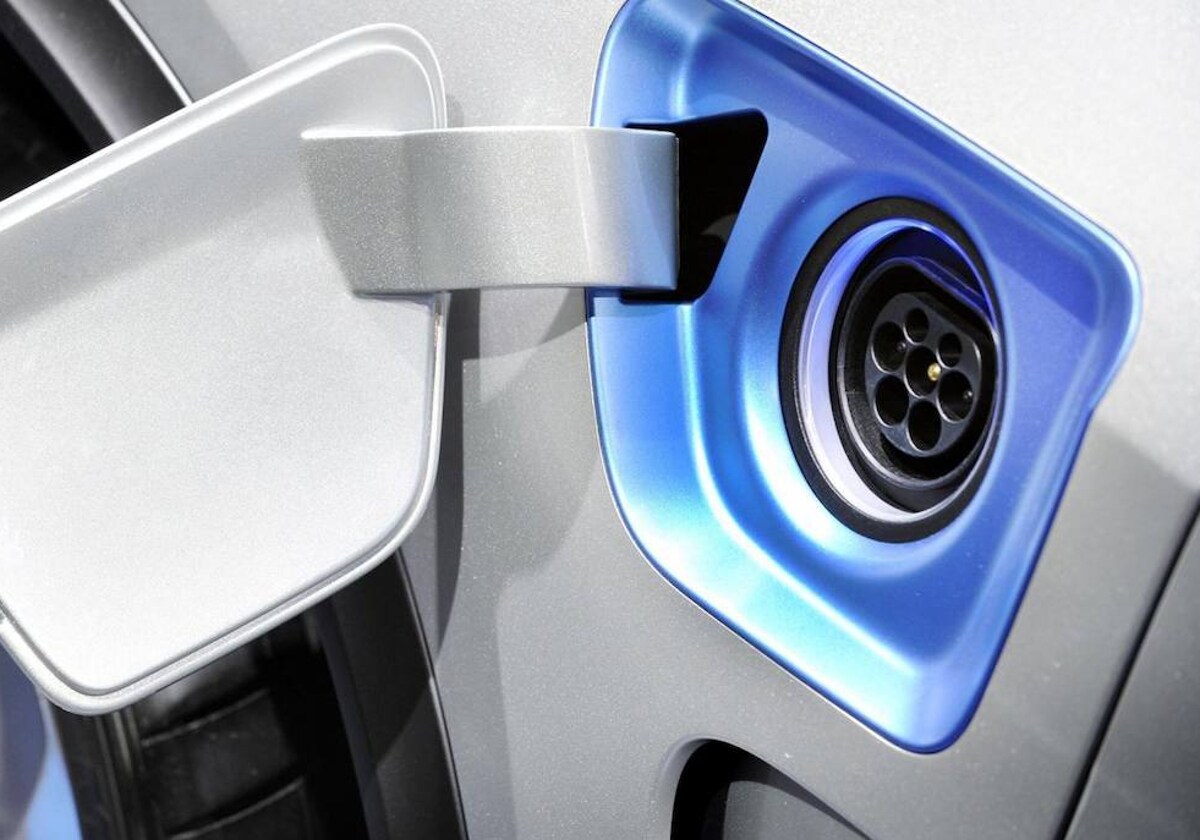New vehicle models with automated driving functions incorporate GMV technology
The technology multinational GMV has recently reached the milestone of integrating its
safe and reliable positioning technology precision aboard the vehicles of the German premium car manufacturer BMW.
GMV’s positioning solution consists of two components: the built-in positioning software (Positioning Engine or PE) and the GNSS correction service (CS). The CS equips BMW Group vehicles with the corrections
necessary in the transfer of ephemeride for the different GNSS constellations, augmentation data to eliminate local atmospheric effects and security-related information to reliably calculate the user’s position. The PE built into the vehicle’s on-board computer uses the corrections along with GNSS signals and information collected from other sensors to reliably calculate the vehicle’s position, speed and direction.
Both CS and PE have been
developed, validated and improved to meet the requirements of various markets for high-precision GNSS-based positioning, including the automotive market. The latter has been the most recent challenge faced by GMV and its positioning system, requiring the adoption of the ISO 26262 standard, the most stringent standards applicable in the automotive sector, and many other demanding practices, among others . in force that guarantee the highest quality in what refers to critical software.
In addition to the software, GMV’s solution depends on a redundant and secure physical infrastructure.
Owns and operates a global network of GNSS stations which provides the raw GNSS data the CS needs to generate its corrections. These corrections are computed in two independent data centers and provide GMV’s solution with the levels of availability required for automated driving applications.
This production milestone
includes automated driving features to its positioning solutions portfolio, consolidating the company as one of the leading providers of high-precision GNSS-based positioning solutions worldwide.
The automotive industry has placed great emphasis in recent years on achieving a high degree of decarbonization with vehicles
with less and less emissions, and with a process, that of electrification, that seems unstoppable. But the autonomous and connected vehicle is also becoming fundamental, with major advancements in the coming years that will take us to level 5 of autonomous driving, where driver intervention will not be required.
Between 90 and
95% of car accidents They originate from human error and it is expected that with the arrival of the autonomous vehicle this accident rate will drop drastically and with it the insurance premiums. A role that could be filled in whole or in part by the manufacturers themselves.
Autonomous cars will have technology that will allow them to drive on any road thanks to artificial vision systems, radar, laser systems, GPS, etc.
interaction with auxiliary infrastructures to driving in smart cities that, if they fail, could cause accidents. In addition, vehicle hacks or failures in systems such as satellite positioning create other cases that will force us to change the coverage we know today.
although
new vehicles for sale in spain they have more and more aids and assistance in driving, the level of equipment of ADAS systems in the car park is medium to low, especially those with a greater ability to prevent traffic accidents, such as lane maintenance systems, the automatic emergency brake (in its various versions), including blind spot detection or fatigue detection systems. Part of the blame lies with the average age of the cars on our roads, which is over 13.1 years.
Leaving this consideration aside, 70% of drivers believe they respond better to a road accident than a technical assistant.
More than 40% of the Spanish driving population acknowledges having insufficient knowledge of ADAS systems (Advanced Driving Assistance Systems). The remaining 60%, although they claim to know them, show major gaps, as well as confusion between different systems and their functions when asked for an in-depth definition. These are some of the conclusions of the study “Knowledge of ADAS systems by the Spanish population” which is part of the VIDAS (Road Safety and ADAS) project, promoted by Bosch and FESVIAL.
The most common ADAS systems fitted to Spanish cars are automatic headlights, tire pressure monitoring, intelligent speed limiting (ISA) and adaptive cruise control, although it is more than likely in that sense
driver confusion and which are equipped with a non-intelligent speed limiter and/or cruise control, but not adaptive.
Source: La Verdad
I am Ida Scott, a journalist and content author with a passion for uncovering the truth. I have been writing professionally for Today Times Live since 2020 and specialize in political news. My career began when I was just 17; I had already developed a knack for research and an eye for detail which made me stand out from my peers.



